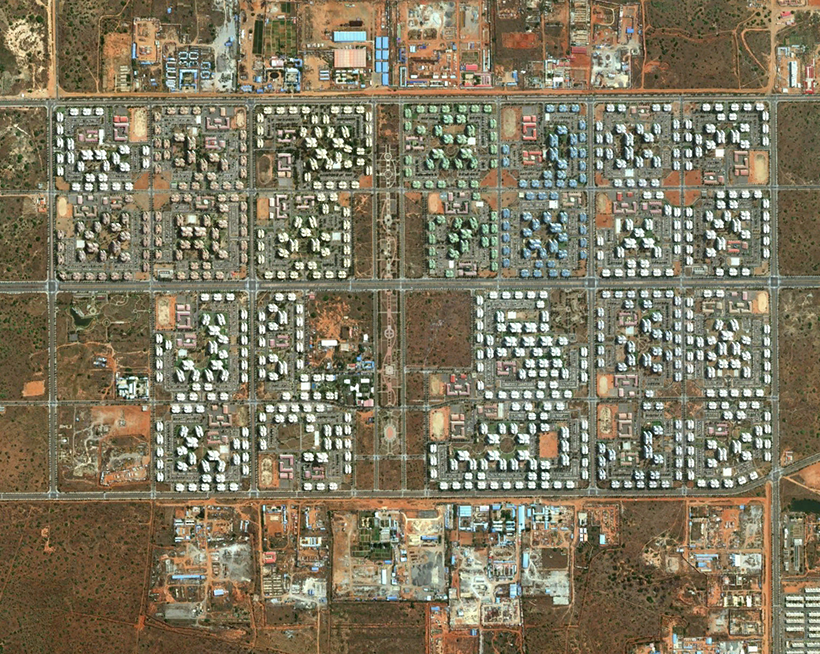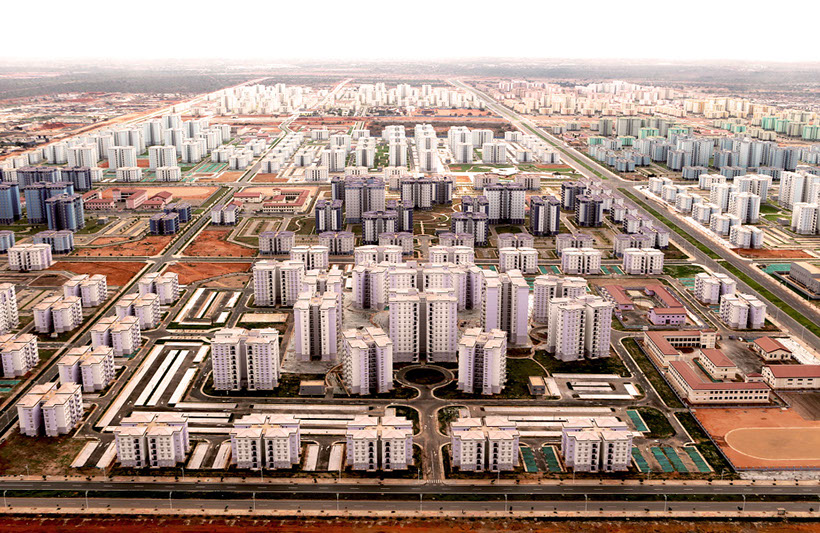
LUANDA, ANGOLA


2.jpg?crc=99587854)


.jpg?crc=3809141767)


Satellite image of Kilamba
Early stage masterplan of Kilamba
Colorful housing blocks
Aerial view of Kilamba
Aerial view of Kilamba
Aerial view of Kilamba
Kilamba nowadays
Kilamba nowadays
<
1 - 8
>
TIMELINE
PROJECT NAME
LOCATION
STATUS
BUILT YEAR
MAIN PROGRAM
PATRON
BUILDER
COST
PROJECTED POPULATION
ACTUAL POPULATION
OCCUPANCY RATE
SALE PERCENTAGE
AVERAGE SALE PRICE
Nova Cidale de Kilamba
Luanda, Angola
Built
2012
Housing
Angolan government
China International Trust and Investment Corporation
US$3.5 billion
500,000
80,000 (2015)
16% (2015)
7% (2012)
$1100/sqm
One of the first projects built in the Angola-CITIC portfolio, Nova Cidade de Kilamba is a large housing project in the outskirts of Luanda, about 30 kilometers away. Construction is entirely carried out by CITIC, while the Angolan government is responsible for infrastructure connection from Luanda to Kilamba. The development covers 8.8 square kilometers and is intented to house 200,000 inhabitants initially (which has since expanded). 750 homogeneous mid-rise apartments (only differentiating slightly between blocks by their exterior color) buildings are placed on the site, along with 17 schools, 24 daycare centers, and 240 stores to provide for the residents. The project is entirely funded by a Chinese line of credit and repaid by the Angolan government with crude oil. Construction was reported to be completed in 2012, however due to the high market rate housing and mortagage loans, most of the buildings were largely empty. Unfortunately, Angola does not yet have a large enough middle class, who were the intended residents, to occupy these units. Combining with the lack of retail and schools that are opened in the area, there are no real incentive for Angolans to move in.
In Feburary 2013, a new legislation that passed breathed new air to the project, where the Angolan government announced the plan to subsidize housing for the poor. This dramatically decreased the housing price in Kilamba by almost 50%, generating massive interest in the project. Angolans rushed to buy these apartmenst, lining up outside of the office days in advance. However, the sales of the project did not go smoothly, and the latter part of 2013 was spent in suspense and confidence began to slower in the project once again. Finally in 2014, residents began to receive their keys, populating the city with 80,000 inhabitants in 2015.
Even though Kilamba has began populating, many problems still remains for this new city. The lack of roads leading to Kilamba brought severe traffic jams during rush hours; there are still no major medical facilities on site; and education remains a question for those who live within this complex. Many new centralities has been constructed after the model of Kilamba, but similar problems plague developments, and how the Angolan government plan to fund and solve these issues remains to be seen.
RELATED MEDIA COVERS
BBC: Angola's Chinese-built Ghost Town
AFRICAN RESEARCH INSTITUTE: Views of Suburban Luanda: Banishing the Ghosts from Kilamba
NEW YORK TIMES: Angola’s Corrupt Building Boom: ‘Like Opening a Window and Throwing Out Money’
